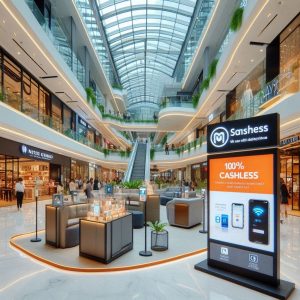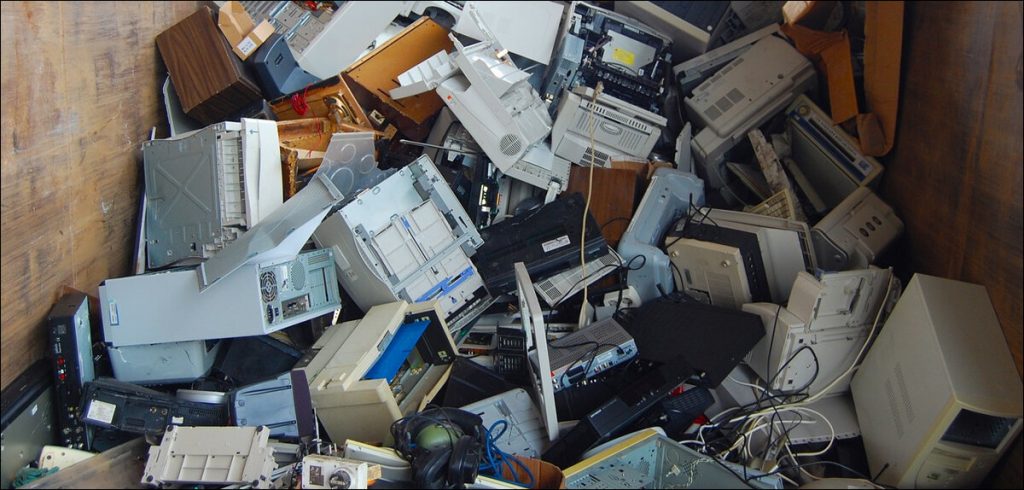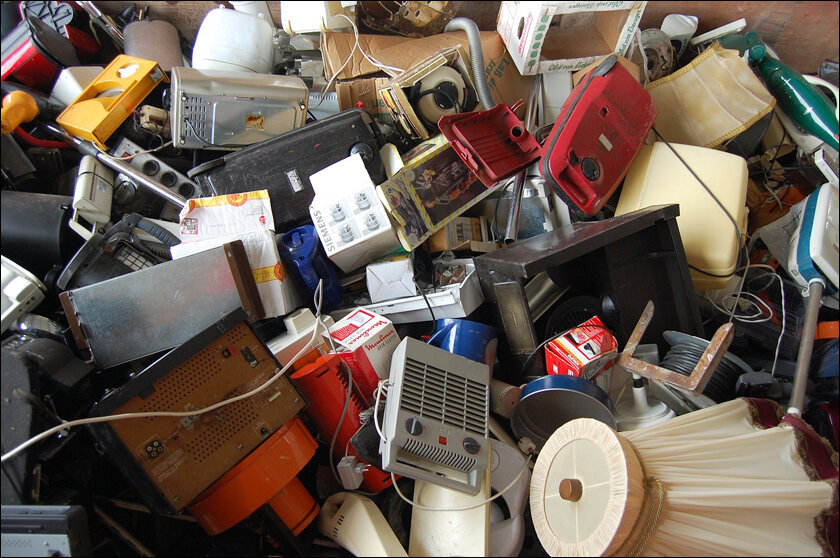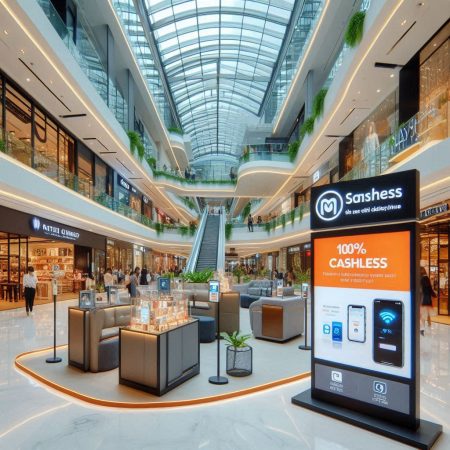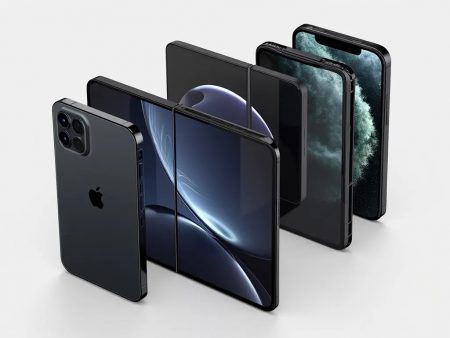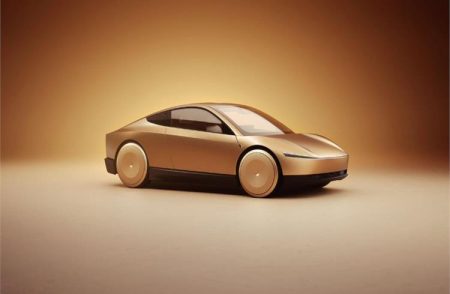Planned obsolescence in the technology industry has proved to be a fatal choice for the consumer as well as the brand in question.
These days the latest Apple iPhone ideally arrives in a packaging that screams environmental consciousness. Apple has shunned plastic wraps which have helped it avoid 600 metric tons of plastic. That’s not where its environmental affinity ends.
Starting with the iPhone 13, most Apple devices are made from recycled display glass (free of Arsenic), and recycled Gold, Tungsten, and Tin. Samsung, the other leader in the world of smartphones, uses recycled fishing nets, aluminium, and has been toying with recycled glass since 2009.
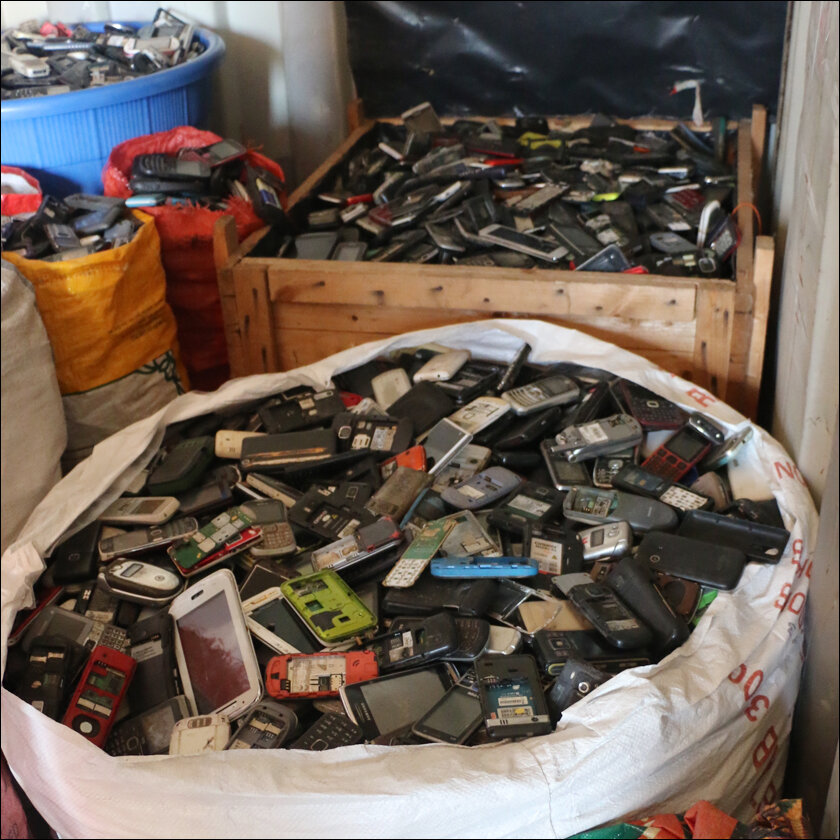
The world’s leading smartphone makers have rightly focused on the need for a circular economy. While their initiatives must be lauded, there’s no clarity on if an iOS or Android device would work ten years from its introduction.
To the ardent phone lovers the proposition of using a smartphone for ten years appears a ludicrous one. But there are two reasonable justifications. First, it helps promote a more practical solution to environmental damage. Second, it’s good for your wallet.
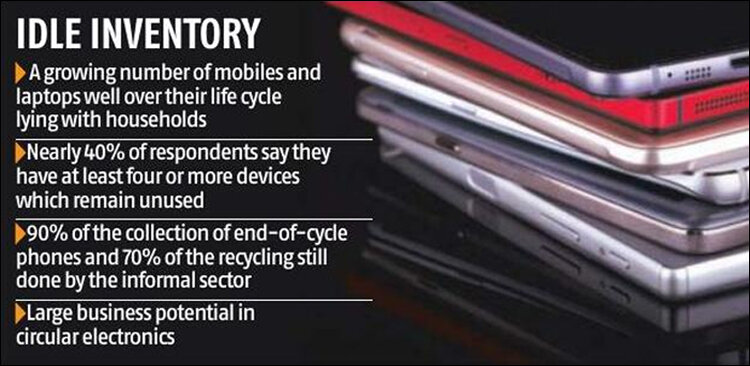
A recent India Cellular and Electronics Association report prepared by Accenture found as many as 206 million idle devices lying in Indian households. Forget using these devices, the aspect of recycling has turned a tad trickier for the government as well as the end-user.
According to respondents, it is common to “hoard” as many as four devices that have remained unused for years. The business potential with such a market is huge and estimated at $13 billion by 2035. Although the market potential of this business may seem huge at first glance, it is ultimately the device owners and the organisations who are at a huge loss.
Planned obsolescence in the technology industry, initially started off as a practice to realise better revenues from consumers buying a new device every business cycle. But in the long run, this has proved to be a fatal choice for the consumer as well as the brand in question.
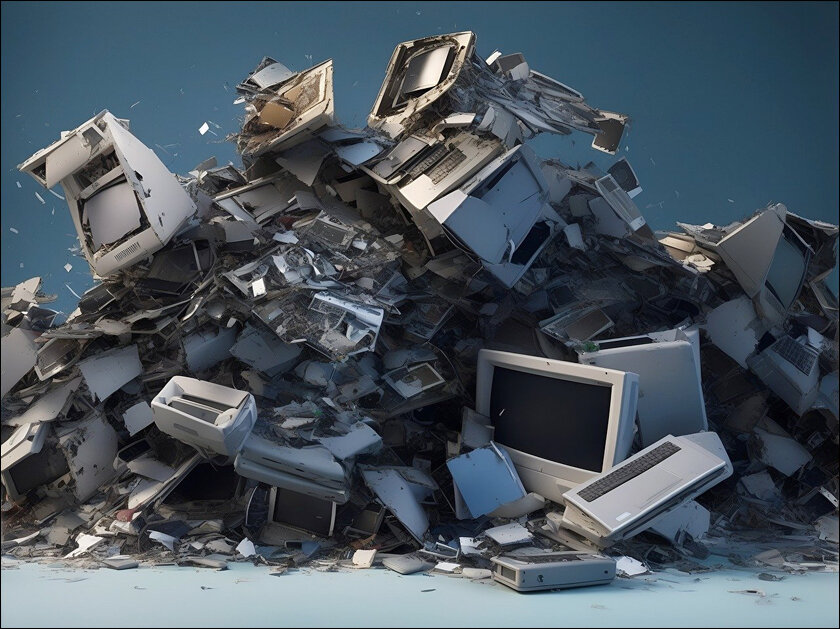
LESSONS FROM APPLE, SONY & ONEPLUS:
Planned Obsolescence, a deliberate design strategy to limit a product’s lifespan, has become a contentious issue in consumer electronics. Companies like Apple and Sony, while celebrated for their innovative products, have faced acute criticism for engineering their devices to have shorter lifespans. In 2017, Apple which had a remarkable time with the 6 and 6s series admitted to slowing down its devices as a part of its planned obsolescence strategy.
While Apple has sustained thanks to fan-boys who feel it is a must to splurge on every new announcement, Sony took a dramatic step. The Japanese giant which sustained on the back of an intensely loyal community released a series of smartphones and consumer devices. Between 2017-19, Sony released various models with little difference, and soon announced a surprise exit. In 2019, Sony announced that it was exiting the smartphone sales business in India to focus on its core business. To a smartphone purist, Sony is a classic case where a brand produces too many products a year with similar features and nomenclatures rather than focusing on one.
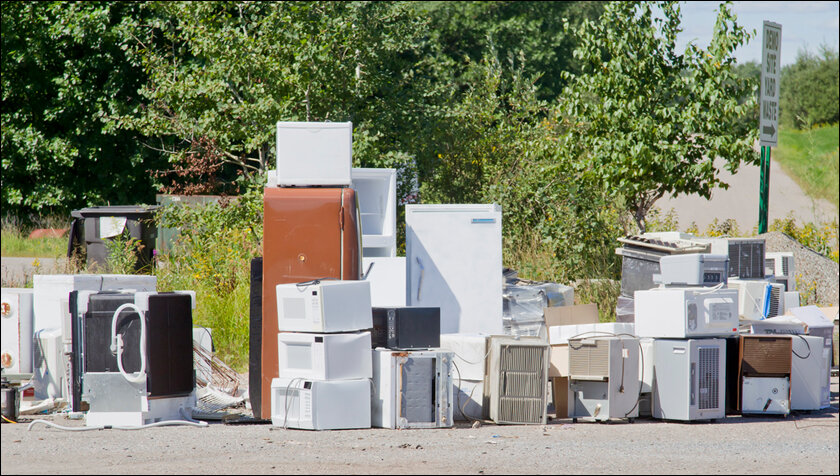
Going by the current industry trend, two launches every year may seem like a great PR-activity but it offers zero value to the end-user. Moreover, these are minor differences that could be released electronically through a software update rather than push a consumer to pay an exorbitant fee. OnePlus, which entered the scene in India sometime around 2014, got off to a jubilant start with the OnePlus One, X, and until 3T resorted to one launch a year. But off late, even OnePlus The Nord series (I rely on) saw four launches in 2022 alone. Not only is each launch confusing to existing users, but it is also adding to the difficulty when a smartphone gets hauled up at the repair centre.
The recent case when my LED display started showing pink colours, the OnePlus service centre asked me to wait for fifteen days. The local technician helped me fit this device with an LCD panel. Of course the phone stutters but does what it is supposed to do – display interface clearly. Some years ago, when a similar phenomenon occurred with my OnePlus 3T, the replacement cost about five thousand rupees and some forty minutes.
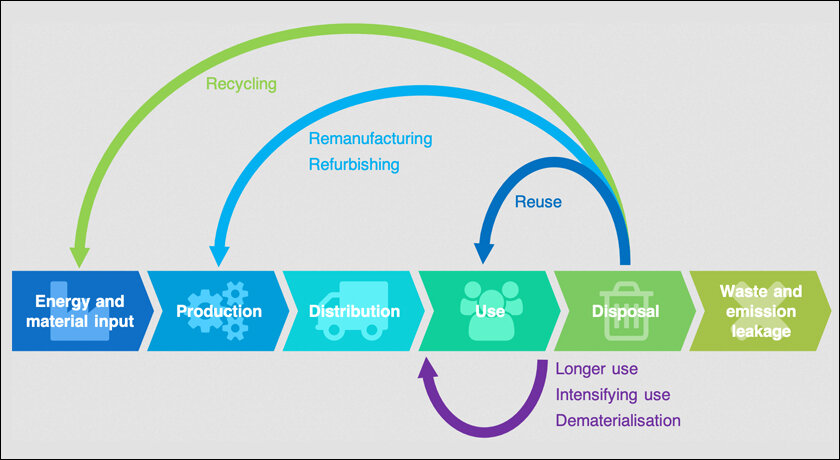
CIRCULAR ECONOMY:
What one gets to see in the smartphone industry is something that is being emulated with equal ferocity in the consumer appliances industry. I have had friends scream of complaints within one year with their ovens, DSLR cameras, refrigerators, air-conditioners, and everything including a bulb. Look no further than the Centennial Light, a facility in California, that has operated the world’s ever-lasting bulb. Except for a 10-hour break in 2013, the bulb has beamed consistently for the last 110 years. Couldn’t LED or LCDs on our phones and laptops be programmed to emulate that bulb?
Well, they could. But they don’t. And this is why the concept of circular economy has gained such significance. Unlike the traditional linear economy, where resources are extracted, used, and discarded, a circular economy aims to minimise waste, extend the life of products, and promote the efficient use of resources. In this article, we explore the principles, benefits, and challenges of a circular economy and how it can shape a more sustainable future.
At the core of the circular economy are the three R’s – reduce, reuse, and recycle. Reducing waste generation, reusing products, and recycling materials are fundamental practices to ensure resources remain in circulation. Products are designed with durability and longevity in mind. This involves creating items that can be easily repaired, upgraded, or refurbished rather than being discarded when they malfunction. For example, the brand Fairphone has been manufacturing phones that could be easily repaired by removing components that look like lego blocks.
In an era where sustainability, ethical and environmental-safe manufacturing practices were highlighted as top conscious customer-choice according to studies by Nielsen (78%) and McKinsey (60%) conducted in 2020, brands must pay close attention. There is considerable value savings to the enterprise from providing products with a higher shelf-life. For example, 8.5% of global textile waste gets accumulated in India every year which can be reused by the hospitality sector alone by leveraging from the circular economy.
In case you missed:
- None Found
